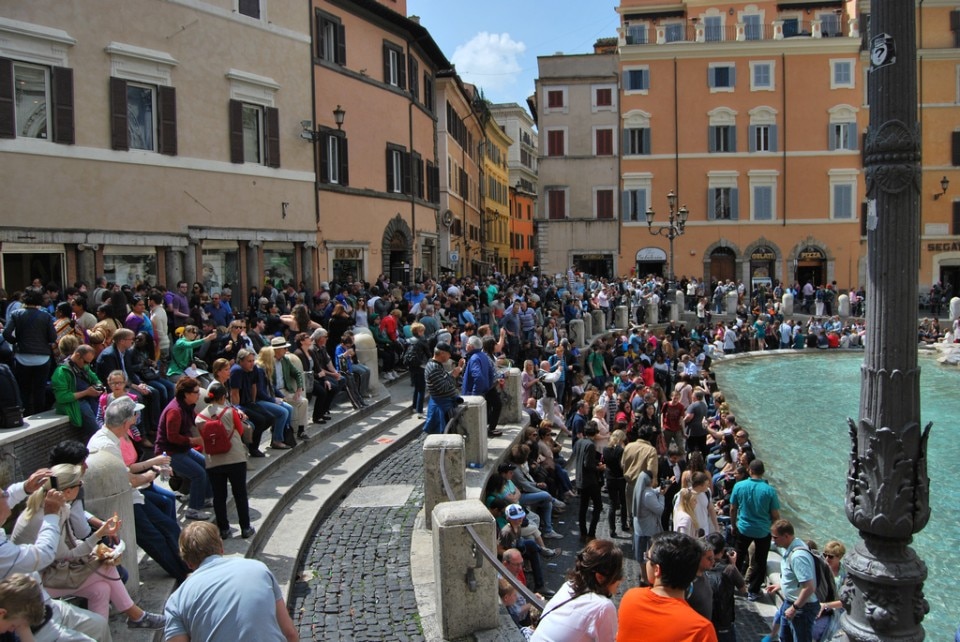The issue of mass tourism is being hotly debated, especially by the inhabitants of the places most targeted, who suffer severe impacts on their quality of life and urban ecosystems unprepared to handle such a large influx of visitors. For years – since the first examples of touristic transformation of territories between the 1960s and 1970s, with the birth of the “rivieras” in Italy, France, and Spain – public opinion tended to harshly criticize the complaints of those who had to deal with mass tourism. However, today, the awareness of more sustainable, diverse, and conscientious tourism is thankfully spreading, alongside the growing attention of institutions. These institutions have recognized the significant economic benefits of promoting less frequented itineraries, even though this option also carries considerable social and environmental risks.

What is certain is that the citizens of some cities that have experienced violent “touristification” are fed up. In particular, in Spain, they are beginning to make their voices heard by taking to the streets, as demonstrated by the recent case in Barcelona. On Saturday afternoon, thousands of people marched through the streets chanting, "Tourists, go home!" and spraying some with water pistols. This was the first large protest on the issue of tourism, organized by more than a hundred associations and led by the Assembly of Neighborhoods for the Decrease of Tourism (Assemblea de Barris pel Decreixement Turístic), which claimed that 20,000 residents were present (while local police reported fewer than 3,000).
In Spain, there has been a real wave of protests, involving not only Barcelona but also the Balearic Islands, the Canary Islands, and even the city of Malaga, which has undergone an even more radical change as it was not a sought-after tourist destination until recently. However, Spain is not alone. In Greece, on the island of Paros, last year saw the so-called “towel revolt.” Entire beaches were occupied to reclaim public space against the unaffordable prices of expanding beach resorts.
For years, various local groups have been calling for a rethink of the dominant tourism model. In the case of Barcelona, with its 1.6 million inhabitants, there are 30 million tourists annually, causing a deleterious impact on the city and numerous inconveniences spread throughout the city, not just on the Rambla, although it has become the symbol of the phenomenon. One of the main problems is the hyperbolic increase in housing prices, both for sales and rentals, as properties are taken off the local market to be rented to tourists at exorbitant prices. Italy is not immune to this phenomenon either, with glaring examples like Venice, Florence, Naples, and Genoa, where there seems to be less and less space for residents, who are overwhelmed by skyrocketing costs impossible to sustain in the long run, and who year after year see their places change in the name of disposable consumption. This consumption, rather than rewarding the identity and uniqueness of these places (theoretically so appreciated by travelers), ends up erasing it, often solely in the name of profit. To protect the diversity and richness of the places we love, both in Italy and around the world, it is important to influence institutions through grassroots initiatives and, secondly, to be the first to respect them, perhaps by – why not? – avoiding visiting them.
Opening image: Photo from Flickr

A new world of Italian style
The result of an international joint venture, Nexion combines the values of Made in Italy with those of Indian manufacturing. A partnership from which the Lithic collection of ceramic surfaces was born.




